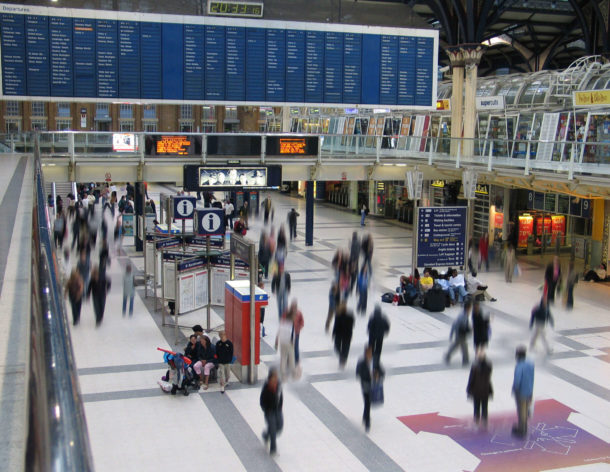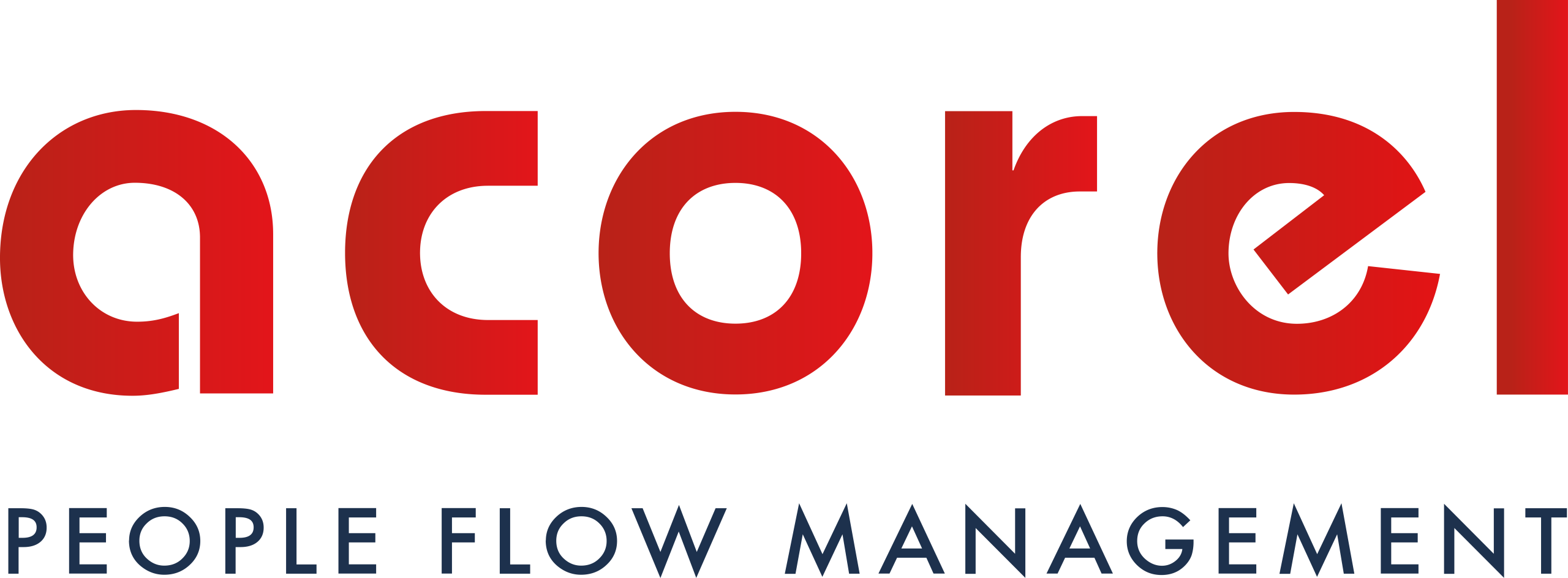The opening up of the rail sector to competition may have a strong impact on passenger numbers in stations and vehicles. Some people believe that the arrival of new operators is likely to lead to a decrease in the quality of services offered, but it may also lead to an increase in competition, which in turn leads to an overall improvement in the offer for passengers.
What are the consequences of opening up to competition on passenger numbers in stations and vehicles?
Improved services:
Firstly, opening up to competition has the potential to increase the supply of trains. New operators can then offer additional services, giving passengers more choice and flexibility in their journeys.
Opening up to competition encourages station managers to improve their services to attract more passengers. This can mean offering more frequent trains, better quality trains, more comfortable facilities, on-board catering options and additional services such as Wi-Fi. Station managers are then forced to compete in order to attract passengers and be as competitive as possible.
However, it is also possible that opening up to competition could create a loophole in the rail network. If each operator offers only a limited number of services, then passengers will be forced to use the services of several different operators to get to their destination, which can make it difficult to book. It is therefore important that the different operators work together to provide a good service.

Competitive price proposal:
It is necessary to highlight the fact that the opening to competition has allowed new operators to enter the market. These new players have often offered more competitive fares than the incumbent operators, which has led to an increase in demand for public transport travel.
Competing operators have to offer new, more competitive and attractive prices. Passengers can thus benefit from cheaper tickets and greater flexibility in choosing their train operator.
Infrastructure change:
Competing operators may have different infrastructure needs, such as longer platforms, signalling modifications, or specific track layouts. Railway authorities should work closely with operators to meet their needs and ensure fair competition.

Passenger flow at stations:
Passengers have more choice of train managers, which means they can select the service that best suits their needs. Managers can also offer additional services to attract passengers and encourage station use. Increased patronage can bring challenges such as crowd management, the need for infrastructure improvements and increased costs to ensure passenger safety.
Automatic People Counting :
Automatic people counting can help train managers to better understand the passenger flow in stations and thus to adapt their service offer accordingly.
Automatic people counting allows the monitoring of passenger numbers on trains. This data can help train companies to better understand passenger patterns, such as peak times and busiest routes. This will help to optimise the use of trains and adjust schedules accordingly.
In addition, automatic people counting data can help railways to make important and well-considered decisions about investment in infrastructure and equipment. Counting data can help determine which stations and lines are busiest, or which are peak periods.
For more information click here
Passenger flow in vehicles
Opening up to rail competition may have different effects on passenger numbers in vehicles, depending on the quality of services offered, fares charged, frequency or geographical coverage of the network.
The entry of new train operators can stimulate competition and give existing train companies an incentive to improve their services in order to maintain their market share. This may lead to an increase in the quality of services, a decrease in fares and an increase in the frequency of trains, which may encourage more passengers to use the train. In these circumstances, opening up to rail competition can lead to an increase in the number of passengers using the vehicles.
Healthy and fair competition can encourage innovation and improve services for passengers, but poorly managed competition can lead to network failure and therefore a reduction in service quality, which has a significant impact on the passenger experience.
